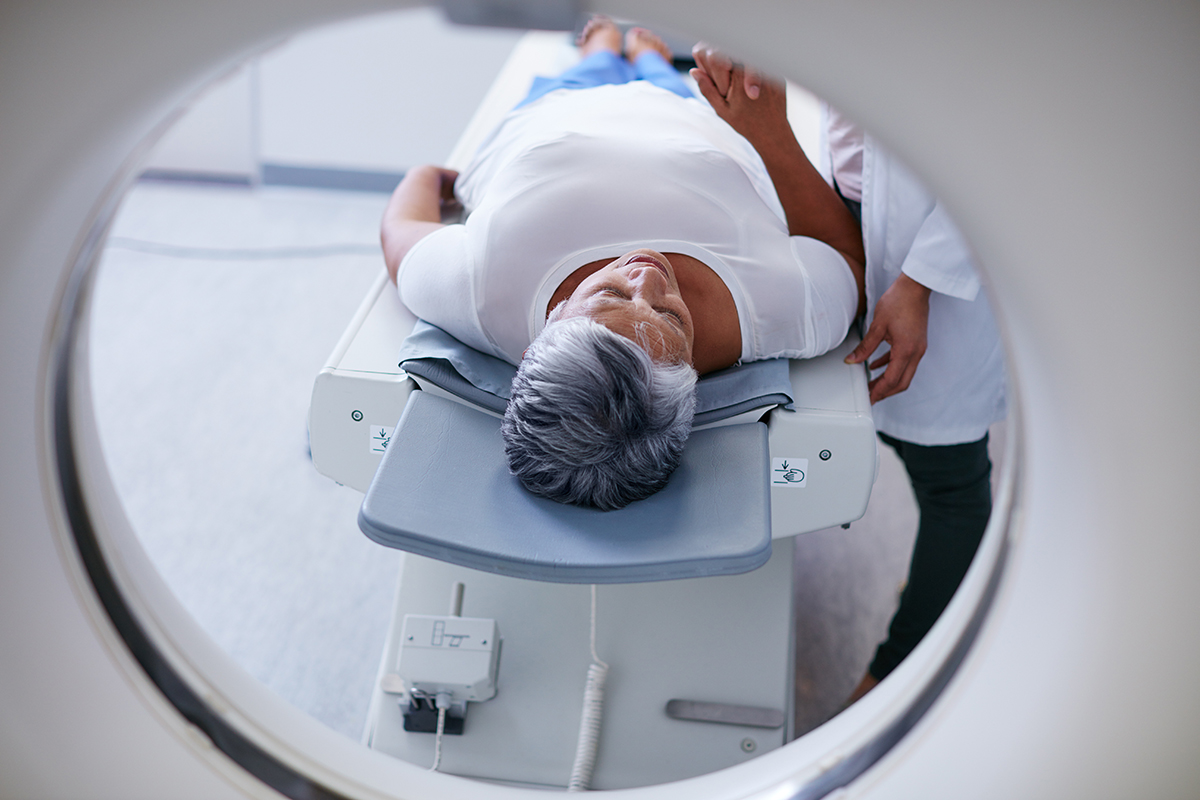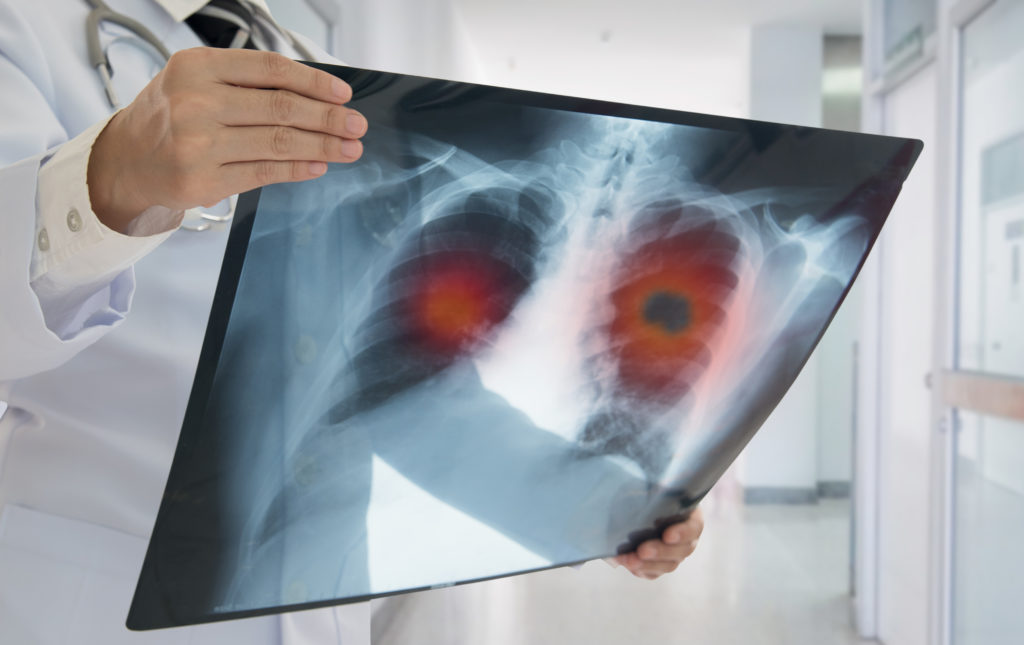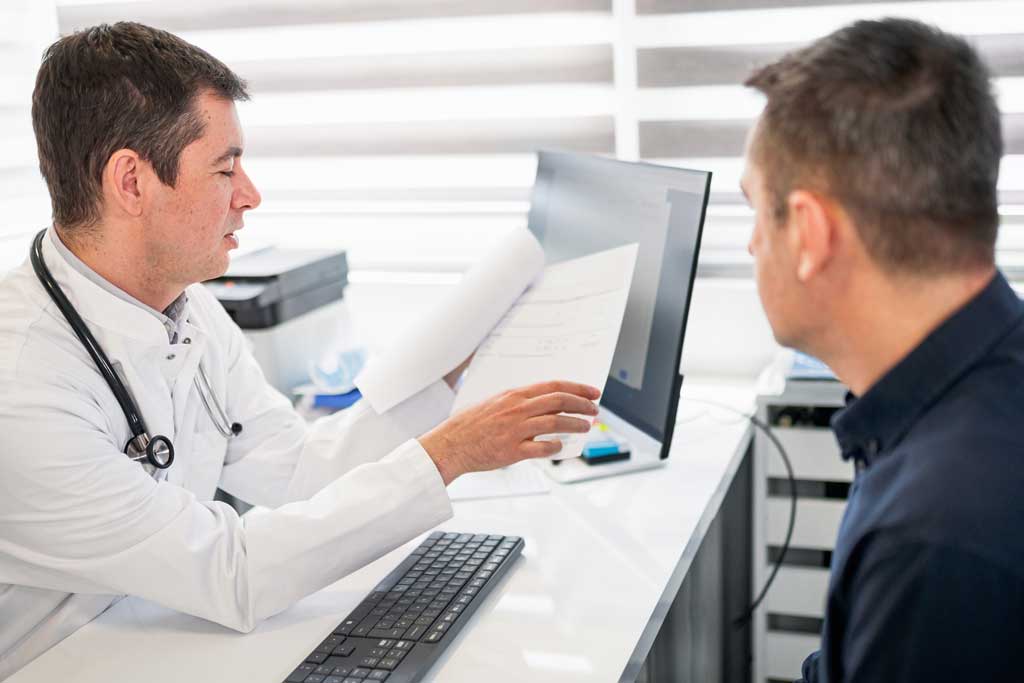Question and Answer – Q&A
Dianne Marksberry RN OCN, Lung Screening Nurse Navigator
Who should have annual lung cancer screening?
People with a history of smoking may benefit from a screening based on consideration of their personal risk for developing lung cancer. Risk is determined by a number referred to as “pack years”. This number is determined by multiplying how many years you smoked by how many packs a day. For example, if you smoked for 20 years at 1 ½ packs a day that is a 30 “pack year” history of smoking.
What if I have quit smoking?
It has been determined that it can take up to 15 years for your lungs to recover after you quit smoking. Therefore, people who quit smoking less than 15 years ago are still encouraged to have lung cancer screening exams.
Are there any other risk factors for lung cancer?
Yes, there are many other reasons a person may be at risk for lung cancer. Exposure to other airborne substances including, but not limited to, coal smoke, diesel fumes and asbestos increases your risk. Also, a personal history of other lung problems like COPD or a personal history of another type of cancer or a family history of lung cancer are all considered risk factors.
What are the benefits of having a screening exam?
While lung cancer is the number one cancer killer in the country, it can have a 90 percent survival rate if caught early. The goal of Low-Dose CT lung cancer screening is to detect lung cancer in its earliest and most treatable stages. Studies have shown early diagnosis through annual Low-Dose CT screening can increase your chances of surviving a diagnosis of lung cancer by 20%.
What are the risks of having the screening exam?
Screening exams can sometimes have confusing or false results. A person who receives a false-negative test result (one that shows there is no cancer when there really is) may delay seeking medical care even if they start to have symptoms. A false-positive test result (one that shows there is cancer when there really isn’t) can cause anxiety and will usually need to be followed by more tests (such as biopsy), which have their own risks. There are also health risks related to radiation exposure, however, Low-Dose CT scans use ¼ the amount of radiation used in a standard CT scan.
How is the scan preformed?
This is a special kind of scan that combines X-ray and computer technology to show highly detailed, 3-D images. By taking multiple pictures as you lie on a table that slides in and out of the machine, the computer can combine these images into a detailed picture of your lungs. There is no preparation for the exam and no restrictions after the exam. You will only need to change into a gown if your clothing has metal, such as zippers or bra clips in the chest area. The CT exam itself takes only about 15 minutes.
How do I know if I am eligible?
Talk to your primary care provider or pulmonologist about your risk factors. They can help you decide if lung cancer screening is right for you and if you meet eligibility to have it covered by your health insurance plan. If needed, your doctor will then write an order for you to get scheduled.
Learn more about low-dose CT screening for early lung cancer detection.
To find a doctor or schedule an appointment, visit Steward DoctorFinder™.




